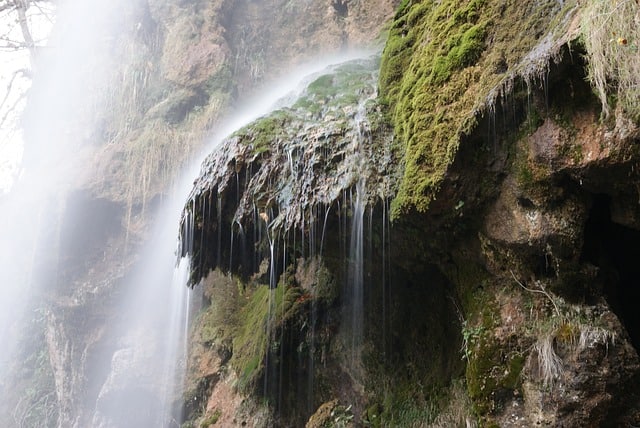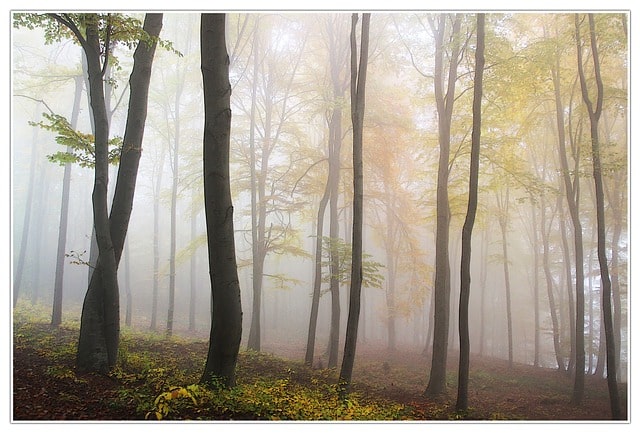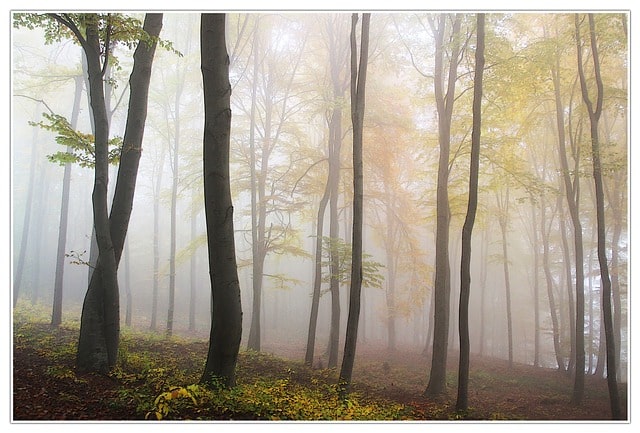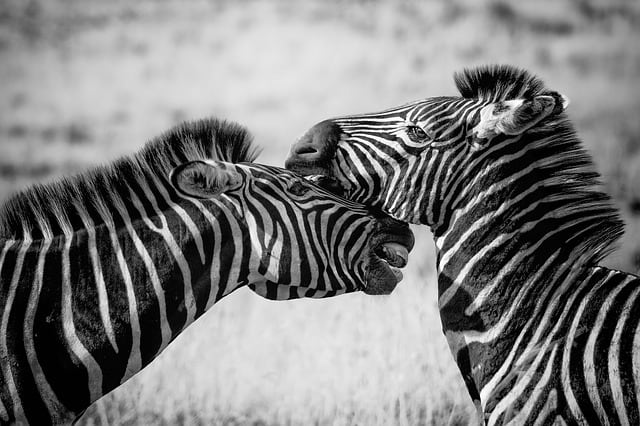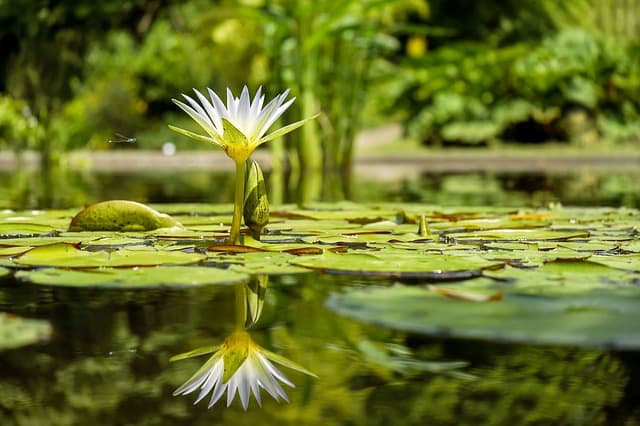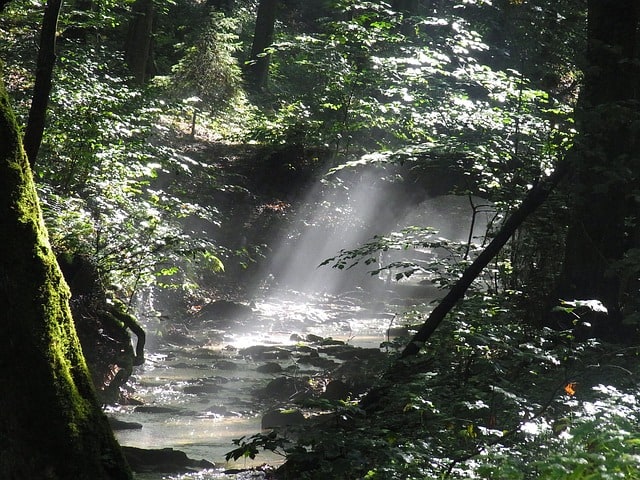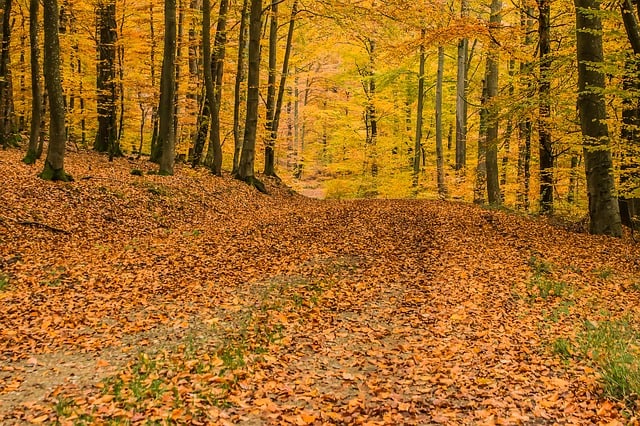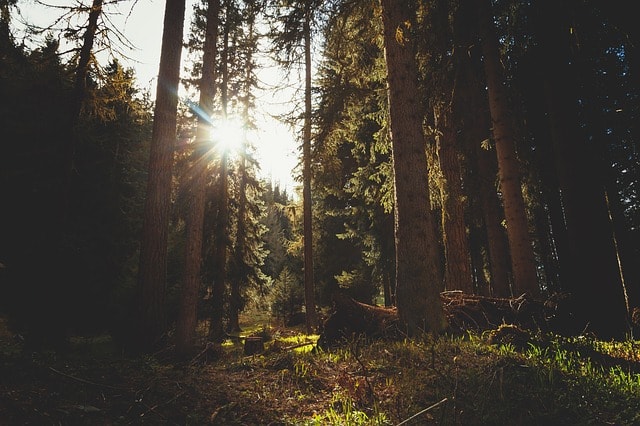What are Different Types of Climate and Difference Between Weather and Climate
Before we know about the climate, we need to know what the weather is. By the term weather, we mean a set of conditions prevailing in the atmosphere of a particular location for a limited period, for example, a whole day or at night or at a specific time during a day. Although only one…





